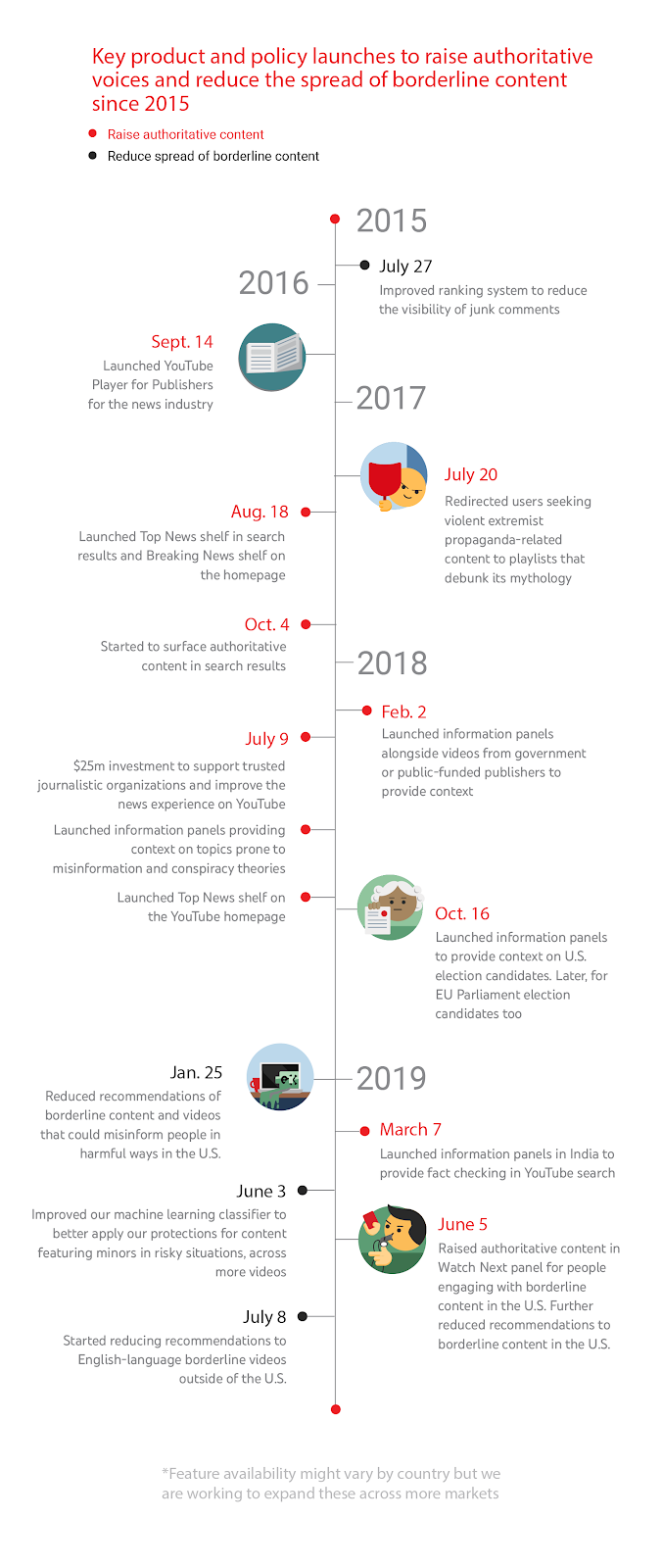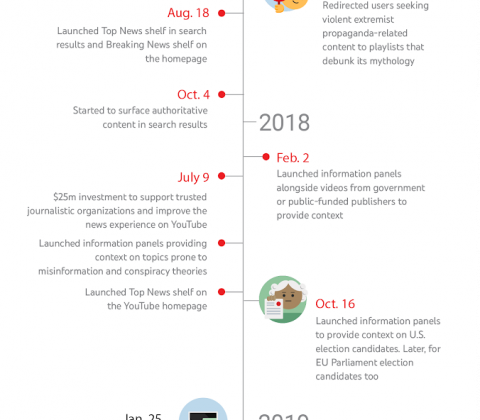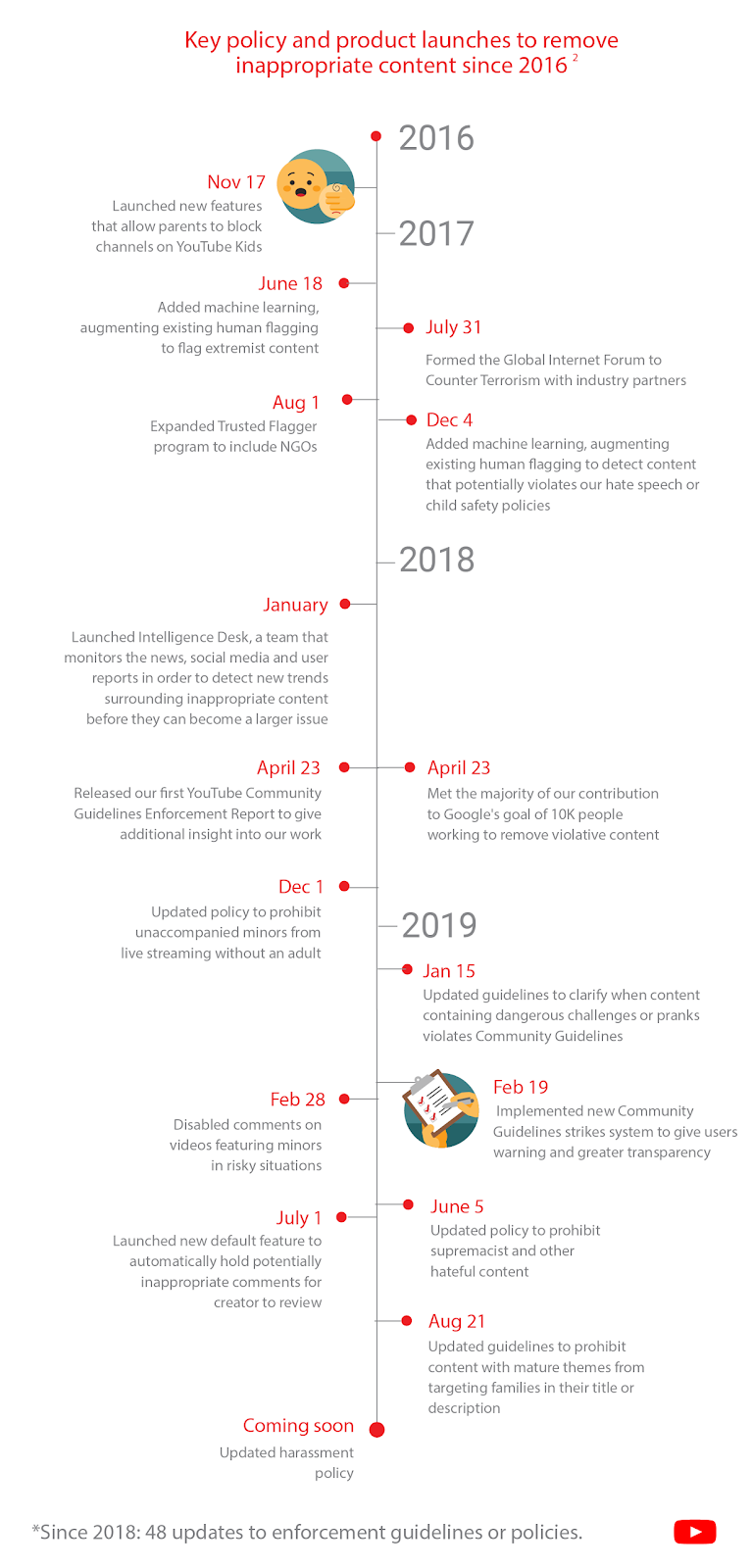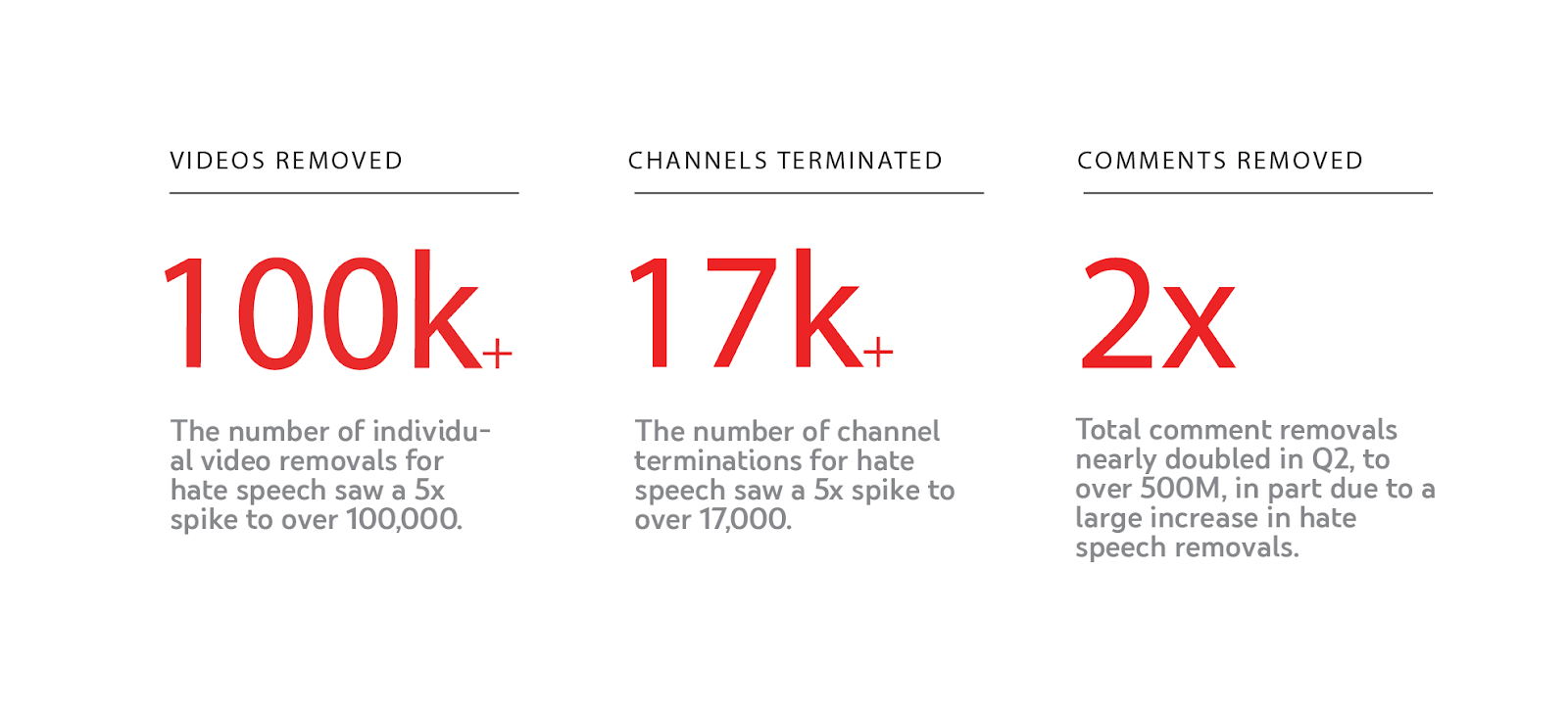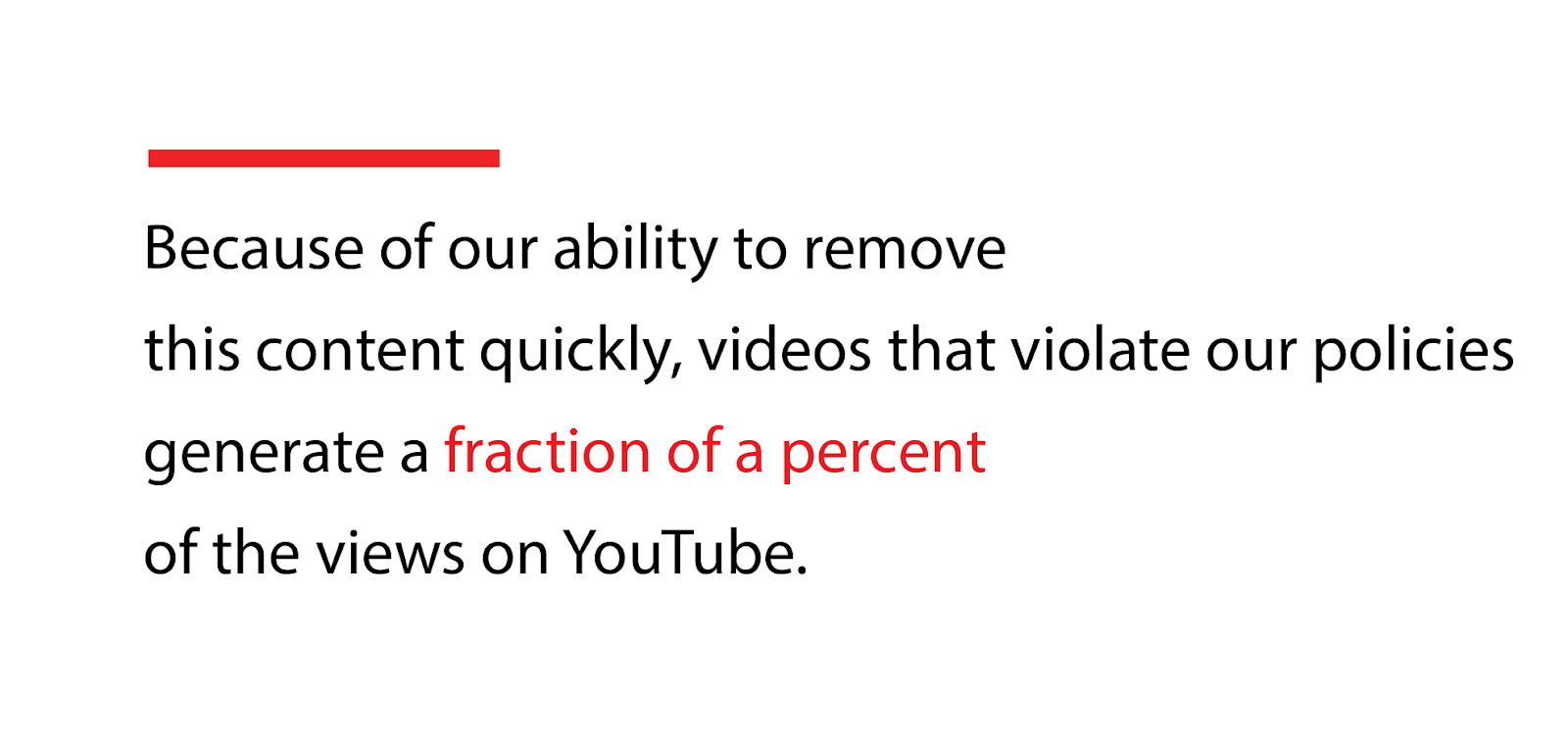Posts Tagged: Part
‘Dune: Part Two’ delayed until March 2024 following writer strikes
The release of Dune: Part Two has been pushed back to March 15th amid ongoing writer and actor strikes, according to Variety. The hotly anticipated film was originally scheduled for November 3rd, but Warner Bros. and producer Legendary Entertainment agreed to delay it over four months — likely because the film wouldn't meet its full box office potential without publicity from the star-studded cast.
The studio and production company held out on delaying the film as long as possible, according The Hollywood Reporter, but would have needed to start advertising the film by early September. It reportedly hoped the extra time would allow the cast, which includes Timothée Chalamet, Zendaya, Austin Butler, Florence Pugh and Christopher Walken, to participate in a full marketing push.
Along with Part Two, Godzilla x Kong: The New Empire and Lord of the Rings: The War of the Rohirrim have been pushed back to April 12th, 2024 and December 13th, 2024, respectively. Those dates were shuffled largely to accommodate Dune: Part Two.
The ongoing labor actions by writers and actors in Hollywood are a result of long-simmering tensions over a number of issues, but particularly due to residual payments from Netflix and other streaming platforms. Warner Bros. Discovery was at the center of these in the recent past, as it elected to release some films either directly to its HBO Max (now MAX) streaming platform with zero or limited theatrical releases. However, CEO David Zaslav said last year that the company "will fully embrace theatrical" going forward.
Dune: Part One performed well enough at the box office with a $ 402 million gross, but hype for the sequel is much higher. "Part One is more of a contemplative movie. Part Two is an action-packed, epic war movie. It is much more dense. We went to all new locations," said director Denis Villeneuve.
This article originally appeared on Engadget at https://www.engadget.com/dune-part-two-delayed-until-march-2024-following-writer-strikes-075730012.html?src=rss
Engadget is a web magazine with obsessive daily coverage of everything new in gadgets and consumer electronics
Podcasts are coming to Twitter as part of a major Spaces revamp
Twitter has integrated podcasts into the revamped Spaces Tab on the mobile app for Android and iOS. It’s testing the improved app on random users in English.
Android | Digital Trends
Sony indefinitely delays ‘The Last of Us Part II’

Engadget RSS Feed
Redbox will stop selling Disney movie codes as part of settlement
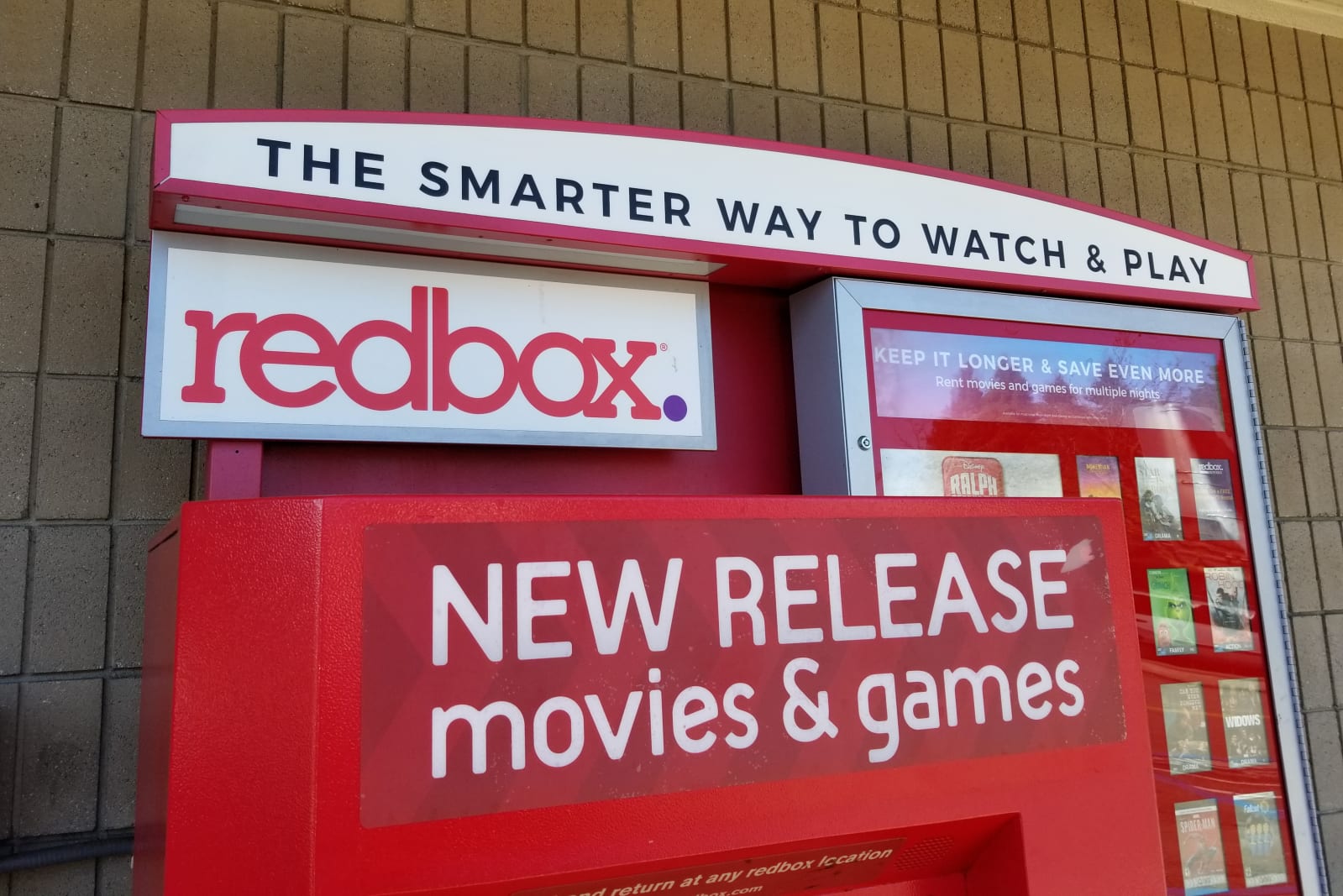
Engadget RSS Feed
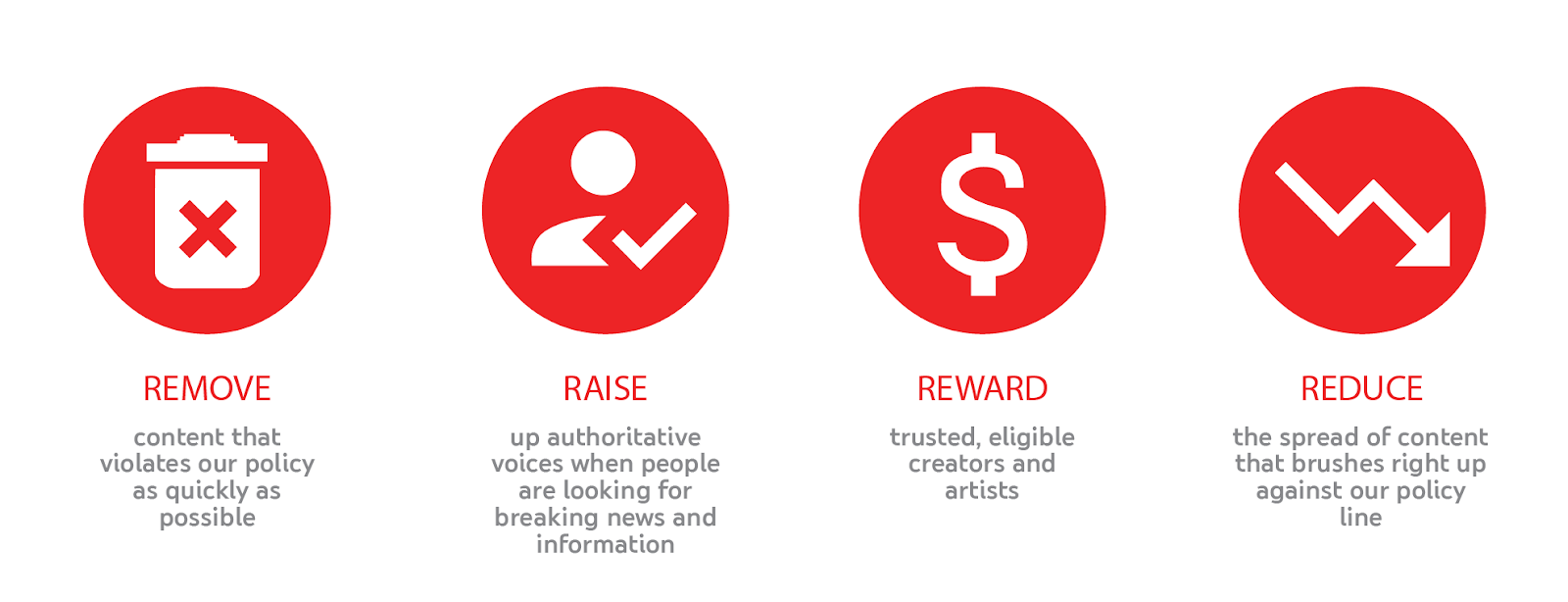
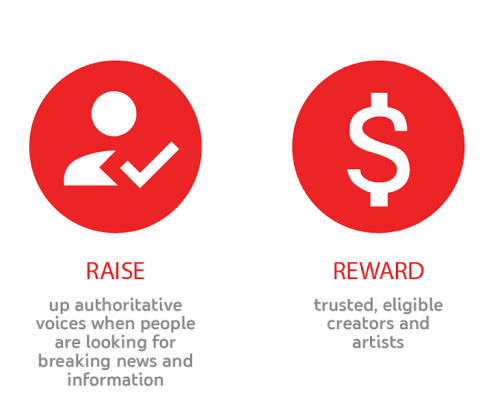
The Four Rs of Responsibility, Part 1: Removing harmful content
Over the next several months, we’ll provide more detail on the work supporting each of these principles. This first installment will focus on “Remove.” We’ve been removing harmful content since YouTube started, but our investment in this work has accelerated in recent years. Below is a snapshot of our most notable improvements since 2016. Because of this ongoing work, over the last 18 months we’ve reduced views on videos that are later removed for violating our policies by 80%, and we’re continuously working to reduce this number further.1
Developing policies for a global platform
Before we do the work of removing content that violates our policies, we have to make sure the line between what we remove and what we allow is drawn in the right place — with a goal of preserving free expression, while also protecting and promoting a vibrant community. To that end, we have a dedicated policy development team that systematically reviews all of our policies to ensure that they are current, keep our community safe, and do not stifle YouTube’s openness.
After reviewing a policy, we often discover that fundamental changes aren’t needed, but still uncover areas that are vague or confusing to the community. As a result, many updates are actually clarifications to our existing guidelines. For example, earlier this year we provided more detail about when we consider a “challenge” to be too dangerous for YouTube. Since 2018, we’ve made dozens of updates to our enforcement guidelines, many of them minor clarifications but some more substantive.
For particularly complex issues, we may spend several months developing a new policy. During this time we consult outside experts and YouTube creators to understand how our current policy is falling short, and consider regional differences to make sure proposed changes can be applied fairly around the world.
Our hate speech update represented one such fundamental shift in our policies. We spent months carefully developing the policy and working with our teams to create the necessary trainings and tools required to enforce it. The policy was launched in early June, and as our teams review and remove more content in line with the new policy, our machine detection will improve in tandem. Though it can take months for us to ramp up enforcement of a new policy, the profound impact of our hate speech policy update is already evident in the data released in this quarter’s Community Guidelines Enforcement Report:
The spikes in removal numbers are in part due to the removal of older comments, videos and channels that were previously permitted. In April 2019, we announced that we are also working to update our harassment policy, including creator-on-creator harassment. We’ll share our progress on this work in the coming months.
Using machines to flag bad content
Once we’ve defined a policy, we rely on a combination of people and technology to flag content for our review teams. We sometimes use hashes (or “digital fingerprints”) to catch copies of known violative content before they are ever made available to view. For some content, like child sexual abuse images (CSAI) and terrorist recruitment videos, we contribute to shared industry databases of hashes to increase the volume of content our machines can catch at upload.
In 2017, we expanded our use of machine learning technology to help detect potentially violative content and send it for human review. Machine learning is well-suited to detect patterns, which helps us to find content similar (but not exactly the same) to other content we’ve already removed, even before it’s ever viewed. These systems are particularly effective at flagging content that often looks the same — such as spam or adult content. Machines also can help to flag hate speech and other violative content, but these categories are highly dependent on context and highlight the importance of human review to make nuanced decisions. Still, over 87% of the 9 million videos we removed in the second quarter of 2019 were first flagged by our automated systems.
We’re investing significantly in these automated detection systems, and our engineering teams continue to update and improve them month by month. For example, an update to our spam detection systems in the second quarter of 2019 lead to a more than 50% increase in the number of channels we terminated for violating our spam policies.
Removing content before it’s widely viewed
We go to great lengths to make sure content that breaks our rules isn’t widely viewed, or even viewed at all, before it’s removed. As noted above, improvements in our automated flagging systems have helped us detect and review content even before it’s flagged by our community, and consequently more than 80% of those auto-flagged videos were removed before they received a single view in the second quarter of 2019.
We also recognize that the best way to quickly remove content is to anticipate problems before they emerge. In January of 2018 we launched our Intelligence Desk, a team that monitors the news, social media and user reports in order to detect new trends surrounding inappropriate content, and works to make sure our teams are prepared to address them before they can become a larger issue.
We’re determined to continue reducing exposure to videos that violate our policies. That’s why, across Google, we’ve tasked over 10,000 people with detecting, reviewing, and removing content that violates our guidelines.
For example, the nearly 30,000 videos we removed for hate speech over the last month generated just 3% of the views that knitting videos did over the same time period.
Last week we updated our Community Guidelines Enforcement Report, a quarterly report that provides additional insight into the amount of content we remove from YouTube, why it was removed, and how it was first detected. That report demonstrates how technology deployed over the last several years has helped us to remove harmful content from YouTube more quickly than ever before. It also highlights how human expertise is still a critical component of our enforcement efforts, as we work to develop thoughtful policies, review content with care, and responsibly deploy our machine learning technology.
2 Nov 16, 2016; https://youtube.googleblog.com/2016/11/more-parental-controls-available-in.html
2 June 18, 2017; https://www.blog.google/around-the-globe/google-europe/four-steps-were-taking-today-fight-online-terror/
2 July 31, 2017; https://youtube.googleblog.com/2017/07/global-internet-forum-to-counter.html
2 Aug 1, 2017; https://youtube.googleblog.com/2017/08/an-update-on-our-commitment-to-fight.html
2 Dec 4, 2017; https://youtube.googleblog.com/2017/12/expanding-our-work-against-abuse-of-our.html
2 April 23, 2018; https://youtube.googleblog.com/2018/04/more-information-faster-removals-more.html
2 Dec 1, 2018; https://youtube.googleblog.com/2019/06/an-update-on-our-efforts-to-protect.html
2 Jan 15, 2019; https://support.google.com/youtube/thread/1063296?hl=en
2 Feb 19, 2019; https://youtube-creators.googleblog.com/2019/02/making-our-strikes-system-clear-and.html
2 Feb 28, 2019; https://youtube-creators.googleblog.com/2019/02/more-updates-on-our-actions-related-to.html
2 June 5, 2019; https://youtube.googleblog.com/2019/06/our-ongoing-work-to-tackle-hate.html
2 July 1, 2019; https://support.google.com/youtube/thread/8830320
2 Aug 21, 2019; https://support.google.com/youtube/thread/12506319?hl=en
2 Coming soon; https://youtube.googleblog.com/2019/06/taking-harder-look-at-harassment.html
The Morning After: Unlimited MoviePass part two

Engadget RSS Feed
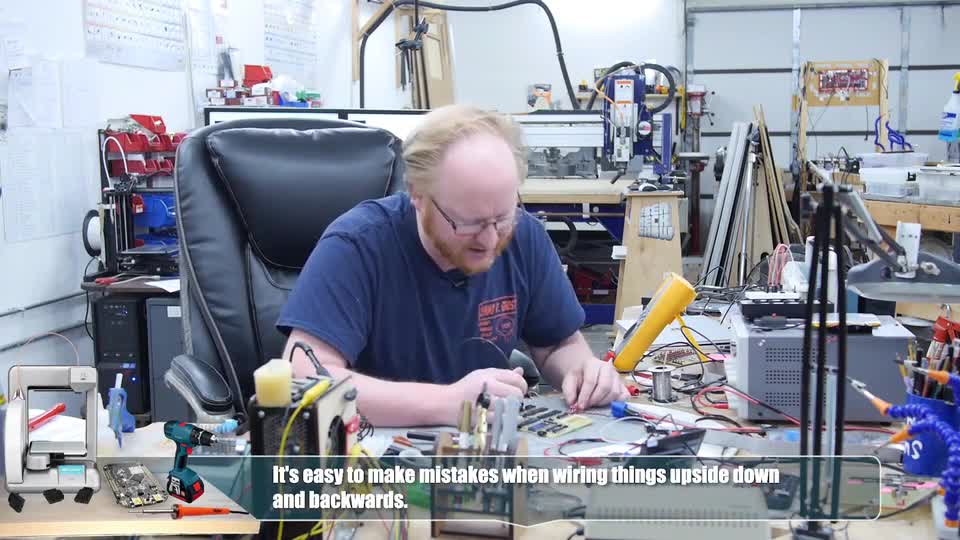
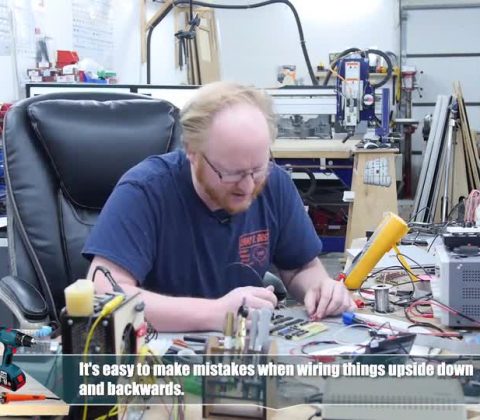
Ben Heck’s Atari 800 handheld, part 2
 Will Pie Face be defeated at last? Does the Atari 800 portable work? Do we get to see more soldering? Find out in this episode of The Ben Heck Show where Felix and Ben put the finishing touches to the custom printed circuit board and design a las…
Will Pie Face be defeated at last? Does the Atari 800 portable work? Do we get to see more soldering? Find out in this episode of The Ben Heck Show where Felix and Ben put the finishing touches to the custom printed circuit board and design a las…
Engadget RSS Feed
Samsung, OnePlus to be part of historic ‘Avengers: Infinity War’ promo campaign
With the third installment in the Avengers series from Marvel ready to hit the big screen later this month, advertisers are preparing to let loose their promotional campaigns tied into the latest Marvel Comics Universe theatrical release. According to sources, the advertising campaign budget for Avengers: Infinity War will be the biggest one ever for […]
Come comment on this article: Samsung, OnePlus to be part of historic ‘Avengers: Infinity War’ promo campaign


Ben Heck’s smart bike, part 2
 The team is on the road with the IoT on Wheels design challenge, trying their best to make their smart bike, well, smarter. Using ST Microelectronics Nucleo hardware with Bluetooth Low Energy means the device can pair with other devices, such as a…
The team is on the road with the IoT on Wheels design challenge, trying their best to make their smart bike, well, smarter. Using ST Microelectronics Nucleo hardware with Bluetooth Low Energy means the device can pair with other devices, such as a…
Engadget RSS Feed
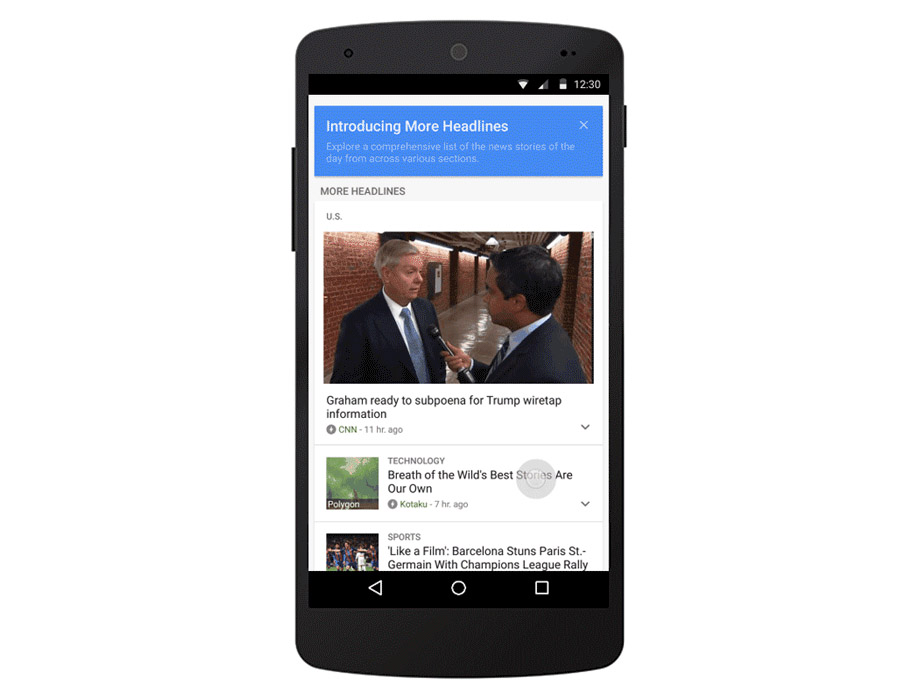
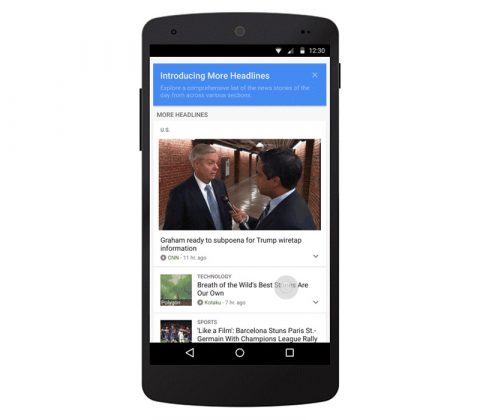
Google doubles down on the news part of its ‘News & Weather’ app
 Folks looking for a quick look at day's forecast and stories have always been able to turn to Google's News and Weather app for an overview — but apparently, it didn't offer enough. According to Google News' Anand Paka, users routinely hit the botto…
Folks looking for a quick look at day's forecast and stories have always been able to turn to Google's News and Weather app for an overview — but apparently, it didn't offer enough. According to Google News' Anand Paka, users routinely hit the botto…
Engadget RSS Feed
Ben Heck’s Atari junk keyboard, part 2
 We're not so sure about Ben and Atari making beautiful music together, though the Ben Heck Show team certainly builds good circuits. Previously, they took apart a keyboard and made a manually activated switch matrix to read the piano keys. Now…
We're not so sure about Ben and Atari making beautiful music together, though the Ben Heck Show team certainly builds good circuits. Previously, they took apart a keyboard and made a manually activated switch matrix to read the piano keys. Now…
Engadget RSS Feed
A NASA probe is headed to a nearby asteroid, and will bring part of it back to Earth
The OSIRIS-REx mission is heading to the asteroid Bennu, and in July 2020 would scoop up some asteroid dust to be returned to earth three years later. The hope is to understand more about the formation of the solar system.
The post A NASA probe is headed to a nearby asteroid, and will bring part of it back to Earth appeared first on Digital Trends.
New Apple patent filing suggests wireless charging is still a part of the iPhone’s future
While Apple has repeatedly said that it isn’t sure wireless charging adds convenience for consumers, that’s not stopping internal development by any means. Could it finally arrive in iPhone 8?
The post New Apple patent filing suggests wireless charging is still a part of the iPhone’s future appeared first on Digital Trends.
More NFL Action Coming to Snapchat as Part of Exclusive Partnership
The NFL has extended its partnership with Snapchat to include additional Explorer footage. As part of the deal, even more official and user-created game clips will now be available on the video-sharing app.
The post More NFL Action Coming to Snapchat as Part of Exclusive Partnership appeared first on Digital Trends.

